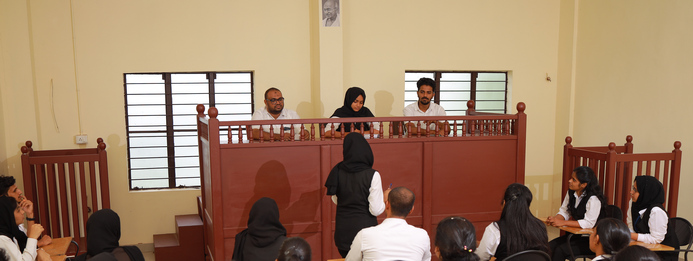Moot Court Society

A moot court competition simulates a court hearing (usually an appeal against a final decision), in which participants analyse a problem, research the relevant law, prepare written submissions, and present oral argument. Moot problems are typically set in areas of law that are unsettled or that have been subject to recent developments. They usually involve two grounds of appeal, argued by each side.
The procedure imitates that followed in real courts: the judge enters, the mooters and the judge bow to each other, the clerk announces the matter, the mooters give their appearances and are then called on in turn to present their submissions, the judge asks questions of the mooters, the court adjourns, and the judge then returns to deliver a brief judgment and some feedback.
Mooting is not the same as public speaking or debating, although it shares some common elements with these activities. It is a specialised application of the art of persuasive advocacy. It has been part of the process of training lawyers for centuries and plays an important role in legal education at Bsols.
WHY MOOT?
There are many reasons to moot. Mooting enables students
- to engage with and think deeply about interesting and topical legal issues,
- to enhance their advocacy, legal research and writing skills,
- to work closely with and learn from their peers and
- to demonstrate their interest in advocacy and competence as an advocate to prospective employers. Most students find mooting to be intellectually rewarding and highly enjoyable. It can be nerve-racking and frustrating but it is a lot of fun.
